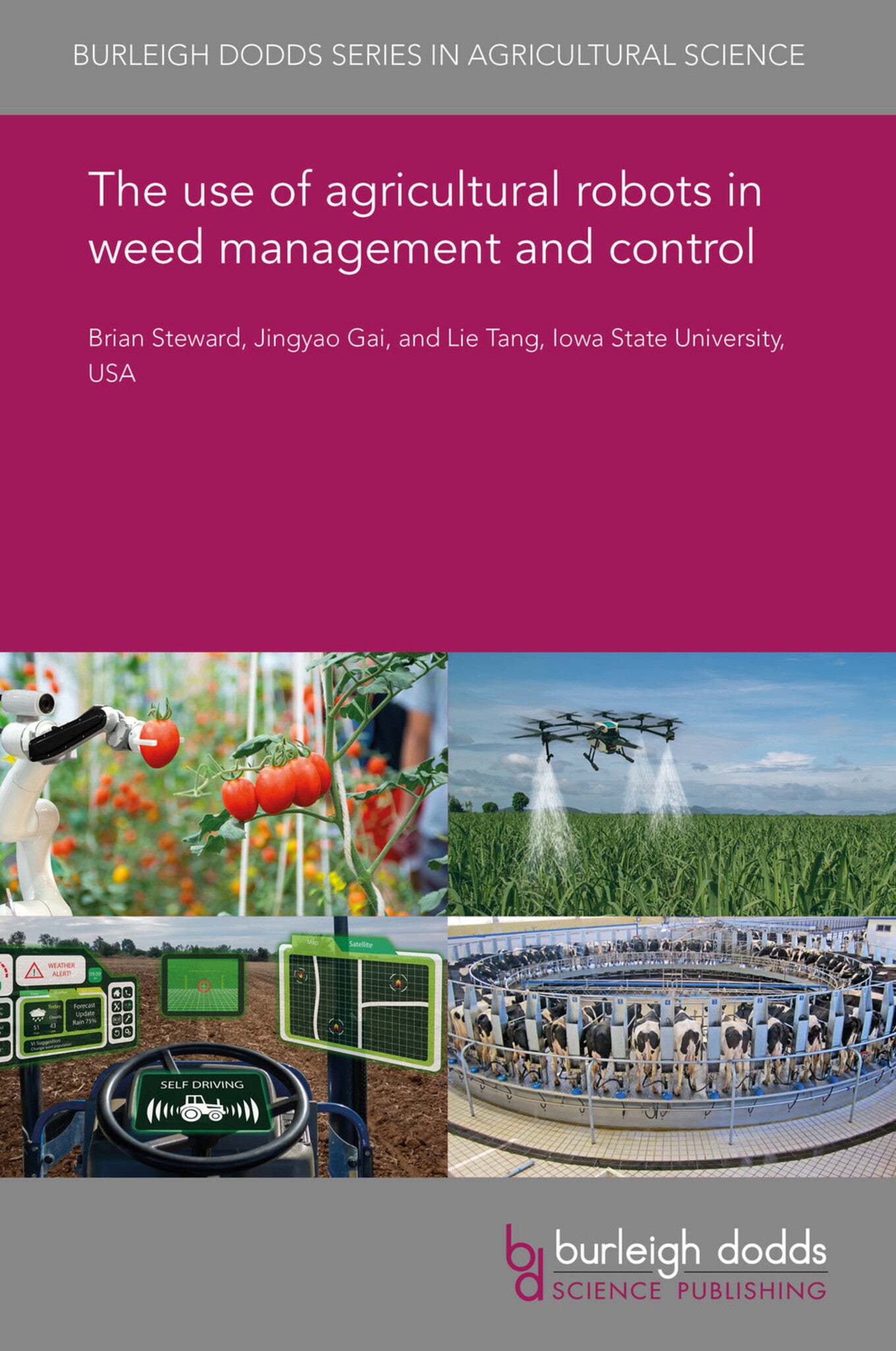We're sorry. An error has occurred
Please cancel or retry.
The use of agricultural robots in weed management and control
Regular price
£25.00
Sale price
£25.00
Regular price
£25.00
Unit price
/
per
Sale
Sold out
Re-stocking soon
Weed management and control are essential for the production of high-yielding and high-quality crops, and advances in weed control technology have had a huge impact on agricultural productivity. An...
Read More

Some error occured while loading the Quick View. Please close the Quick View and try reloading the page.
Couldn't load pickup availability
- Format:
-
29 June 2019

Weed management and control are essential for the production of high-yielding and high-quality crops, and advances in weed control technology have had a huge impact on agricultural productivity. Any effective weed control technology needs to be both robust and adaptable. Robust weed control technology will successfully control weeds in spite of variability in the field conditions. Adaptable weed control technology has the capacity to change its strategy in the context of evolving weed populations, genetics, and climatic conditions. This chapter focuses on key work in the development of robotic weeders, including weed perception systems and weed control mechanisms. Following an extensive introduction, the chapter addresses the challenges of robotic weed control focusing on both perception systems, which can detect and classify weed plants from crop plants, and also weed control mechanisms, covering both chemical and mechanical weed control. A case study of an automated weeding system is provided.

Price: £25.00
Publisher: Burleigh Dodds Science Publishing
Imprint: Burleigh Dodds Science Publishing
Series: Burleigh Dodds Series in Agricultural Science
Publication Date:
29 June 2019
ISBN: 9781838798024
Format: eBook
BISACs:
TECHNOLOGY & ENGINEERING / Agriculture / Sustainable Agriculture, Agricultural engineering and machinery, TECHNOLOGY & ENGINEERING / Automation, Sustainable agriculture, Agronomy and crop production, Pest control / plant diseases

1 Introduction 2 Addressing the challenges of robotic weed control 3 Case study 4 Summary 5 Future trends in research 6 Where to look for further information 7 References



